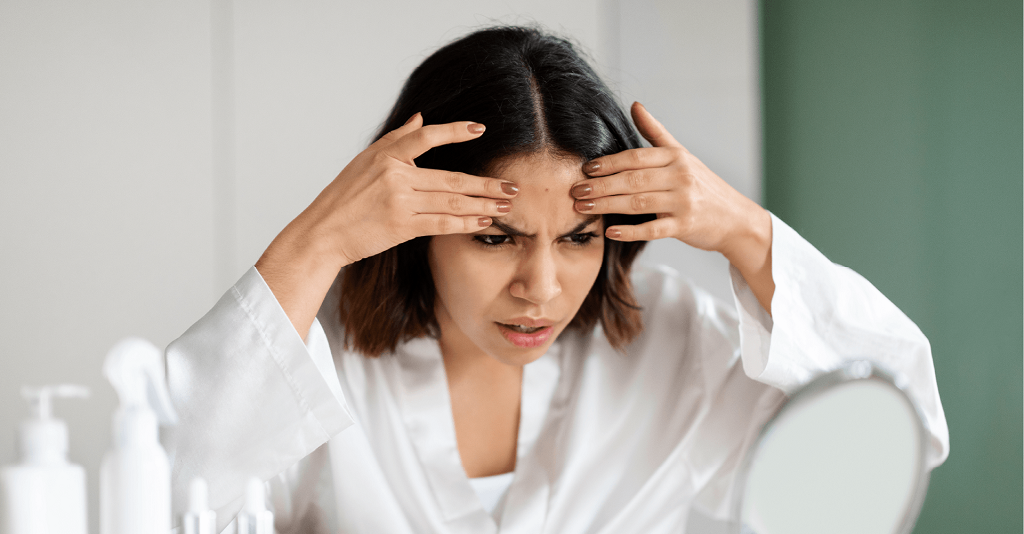Understanding Folliculitis and Keratosis Pilaris in Beauty
As a beautician, its crucial to understand the myriad of skin conditions that clients may face. Two common concerns youll encounter are folliculitis and keratosis pilaris. These conditions, although different in nature, share some similarities and can often be confused for one another. Let's delve into these skin conditions to enhance your expertise and help you offer the best advice to your clients.
Folliculitis is an inflammation of the hair follicles, often caused by an infection. It can present as small, red bumps or pustules and is sometimes mistaken for acne. This condition can occur anywhere on the body where hair follicles are present, but is most common on areas shaved or subjected to friction. Keratosis pilaris, on the other hand, is a genetic condition characterized by rough, bumpy skin, usually on the arms, thighs, and cheeks. It is caused by a buildup of keratin, a protein that protects the skin from harmful substances and infections, which blocks the opening of hair follicles.

Causes and Symptoms
Understanding the causes and symptoms of these conditions will empower you to better assist your clients. Folliculitis is typically caused by bacteria, fungi, or viruses. Factors that increase the risk include shaving, tight clothing, and hot, humid environments. Symptoms include clusters of red bumps or white-headed pimples around hair follicles, itching, and tenderness. For more information, you can visit this comprehensive guide on folliculitis.
Keratosis pilaris is often hereditary. It's more common in people with dry skin or eczema and tends to worsen in dry weather. Symptoms are small, painless bumps that appear on the skin, often resembling goosebumps. The skin may feel rough and dry. Unlike folliculitis, keratosis pilaris is not caused by bacteria or infection, and it's not contagious.
Diagnosis and Treatment Options
Diagnosing these conditions usually involves a visual examination of the skin by a healthcare professional. In some cases, a sample of the skin may be taken to rule out other conditions.
For treating folliculitis, the approach depends on the severity and cause. Mild cases often resolve on their own with good hygiene practices. More persistent cases may require topical or oral antibiotics. Educating clients about proper shaving techniques and skincare routines can also help prevent recurrence. For additional preventive measures and remedies, you can check this article on hot tub folliculitis causes.
Treatment for keratosis pilaris focuses on softening the keratin deposits in the skin. Topical creams containing alpha hydroxy acids, lactic acid, or urea can help remove dead skin cells and smooth the skin. Consistent moisturization and gentle exfoliation are key. Although there's no cure, these treatments can improve the skin's appearance significantly. Learn more about related conditions in this comparison between folliculitis and rosacea.
Prevention and Client Education
Preventing folliculitis involves maintaining good personal hygiene, avoiding tight clothing, and using clean, sharp razors. Educate clients on the importance of moisturizing and protecting the skin, especially if they have a history of dry skin or eczema.
For keratosis pilaris, regular moisturizing and gentle exfoliation can help manage the condition. Recommend clients use mild cleansers and avoid scrubbing the skin harshly. Consistent use of recommended topical treatments can also keep the condition under control.
Professional Advice and Client Trust
As a beautician, your role extends beyond providing treatments; you are also an educator and a trusted advisor. By understanding the nuances of folliculitis and keratosis pilaris, you can offer informed advice and effective solutions to your clients. Building trust through knowledge not only enhances your professional reputation but also ensures client satisfaction and loyalty.
For more insights into related skin conditions, you might find this comparison between folliculitis and hidradenitis suppurativa helpful.
Conclusion
In conclusion, understanding the intricacies of folliculitis and keratosis pilaris is essential for any beautician. With the right knowledge and tools, you can significantly impact your clients lives by helping them achieve healthier, smoother skin. Continue to educate yourself and your clients, and always strive to stay updated with the latest skincare developments.

FAQs
What is the main cause of folliculitis?
Folliculitis is primarily caused by bacteria, fungi, or viruses infecting the hair follicles. Poor hygiene, shaving, and tight clothing can increase the risk.
Is keratosis pilaris contagious?
No, keratosis pilaris is not contagious. It's a genetic condition often associated with dry skin.
Can skincare products help manage these conditions?
Yes, appropriate skincare products can help. For folliculitis, antibacterial washes and good hygiene are beneficial. For keratosis pilaris, moisturizing creams and gentle exfoliants are recommended.

